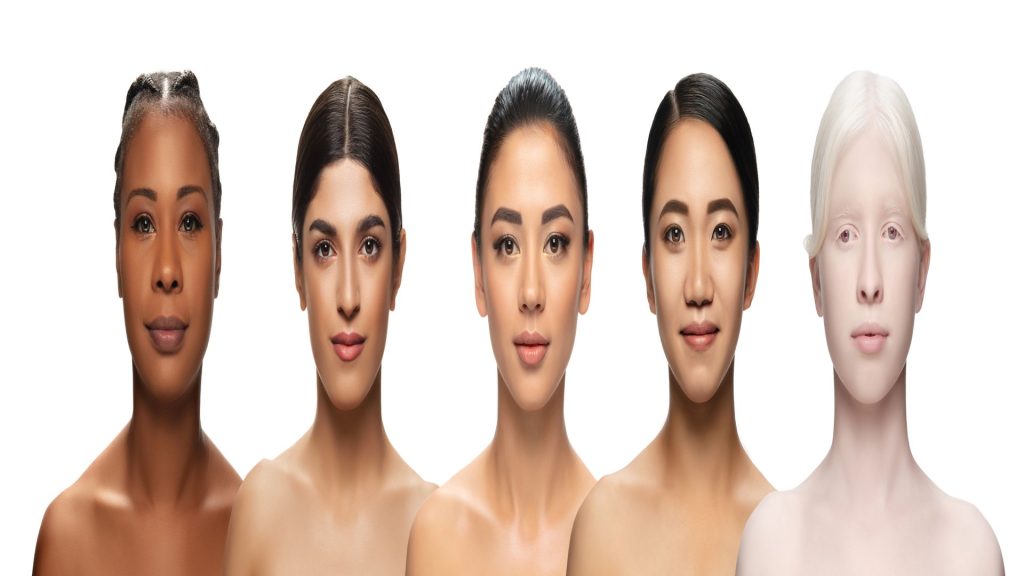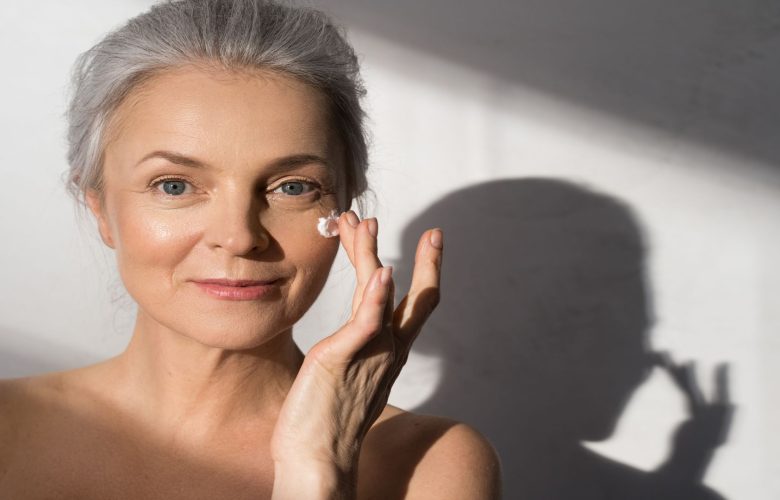Makeup has become essential in most women’s lives when it comes to beauty products. It enhances a woman’s look, which in turn boosts self-esteem. This enhanced appearance brings out the confidence women need as they go out and face the world.
Gaining control of one’s appearance necessitates a positive attitude that most women aim to look their best. Most makeup users can attest that the right makeup can help support healthy skin by protecting against harmful sun rays.
Consider looking into the manufacturer and the list of ingredients before buying makeup. For example, take time to look at the Max Factor review to understand what product works best for your skin. Consider sticking with makeup that nourishes the skin and slows the aging process.
The makeup market is full of different products and brands that can be confusing and frustrating for beginners or even seasoned makeup users. So, you are not alone if you struggle to get makeup that matches your skin tone. This article offers a guide on choosing the makeup that makes a user look good and enhances natural features.

Find Your Overtones And Undertones
Your skin has two tones; the overtone and the undertones. Understanding your tones will help you find a fitting shade for the foundation and concealer. Even when your overtone changes due to a change in climate or tanning, the undertone remains the same, which can confuse most people.
You can determine your undertone using white paper and examining your veins. Hold a piece of white paper on your face, and if your skin looks yellow in contrast to the paper, it means that you have warm undertones. However, if your skin is pinker, you might have a cool undertone, but if you have neither, you have neutral undertones.
You can use your veins if the paper test doesn’t give you the necessary answers. Look at the veins on your wrist; if they are blue or purple, you have cool undertones. However, if the veins are green, you likely have warm undertones.
Your overtone means the color you see on your skin. To determine your overtone, remember that your skin can go darker or lighter depending on the climate. If your skin is ivory, it’s light, and if it’s chocolate, it’s dark; for caramel or tan, it’s medium skin tone.
Keep Your Skin Type In Mind
Skin types range from oily, dry, sensitive, combination, and normal. However, most people don’t understand their skin type, which might affect how their makeup comes out. Here are two ways you can determine your skin tone:
- To begin, use blotting sheets 30 minutes after washing your face. Press the sheets on your face and hold them up against the light. If the sheet has a lot of oil, your skin is oily. However, you may have dry skin if the absorbed oil isn’t that much. Note that you have combination skin if the sheets absorb oil from your T-zone. However, if there is minimal oil from the same spot, then you have normal skin.
- The second method includes having to watch and wait. After 30 minutes of washing your face, look at how it is. If it’s shiny, you have oily skin; if your T-zone is shiny, you may have combination skin; if your skin is tight or flaky, your skin is dry. However, if your skin feels normal and hydrated, you have normal skin.
Meanwhile, you may have sensitive skin if your skin breaks out at the slightest inconvenience. Once you find your skin type, you can buy makeup made specifically for you. With the right products, your skin can breathe more and enhance your look.
Choose Products That Fit Your Skin Type And Tone
Most makeup products have skin types and tones written on them, making it easy to know what works for your skin. For instance, if your skin tone is warm, settle for a foundation meant for warm tones. The product meant for your skin types and tones will blend seamlessly, leaving you with a finished look.
Remember to change your shade to match your skin, especially after getting a tan or after a change in the climate. Additionally, choose makeup based on whatever finish you hope to get. For example, if you have an oily skin type, go for a matte finish but for dry skin, settle for a dewy finish.
Bottom Line
Makeup can be a lot to a beginner who doesn’t know where to start their journey. Even seasoned makeup enthusiasts can attest to how hard it’s been to choose the right makeup for their skin tone.
So, when choosing makeup for your skin tone, try it out and look at how it blends. If it doesn’t settle on the skin and make your face look different from the rest of your body, that’s the perfect match.

